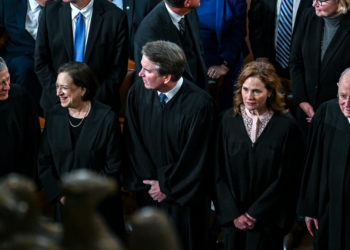In the glare of camera flashes on the first Monday in May, it’s easy to forget that the Met Gala isn’t just an expensive-looking celebrity parade: It’s also the opening celebration for a museum show. This year, the party will inaugurate “Superfine: Tailoring Black Style,” an exhibition put on by the Metropolitan Museum of Art’s Costume Institute that traces the influence of the Black dandy over 300 years.
The exhibition investigates how dandyism, a style of elevated dress once imposed upon enslaved people, was remade by Black aesthetes into a tool of social mobility and self-definition. It might take the form of a tweedy three-piece suit, a disco-fabulous stage costume or a slouchy leather jacket printed with luxury logos. Those pieces and more than 200 others in the exhibition illustrate how Black dandies have wielded their clothing as instruments of both flair and function.
“Dandyism is a practice that’s not just about clothing, dress, accessories,” said Monica L. Miller, the guest curator of the exhibition and a professor of Africana studies at Barnard College. “It’s often about the strategic use of those things in particular political moments, around particular cultural nodes.”
Professor Miller, whose 2009 book, “Slaves to Fashion: Black Dandyism and the Styling of Black Diasporic Identity,” inspired the exhibition, scoured historical societies, museums and private collections to find pieces that located Black dandyism at turning points in history. In a recent interview in the basement of the Met, ahead of the exhibition’s opening on May 10, she picked out seven items for closer examination.
1940s
Zoot Suit
Circa 1840
Livery Coat and Waistcoat
Circa 1990 and 2004
André Leon Talley’s Luggage
Circa 1980
Sylvester’s Sequined Jacket
1987
Leather Jacket by Dapper Dan
Circa 1855
Portrait of Frederick Douglass
Circa 1980
Tweed Suit and Overcoat
Callie Holtermann reports on style and pop culture for The Times.
The post Black Dandyism in the Spotlight: 7 Pieces of Fashion History appeared first on New York Times.




